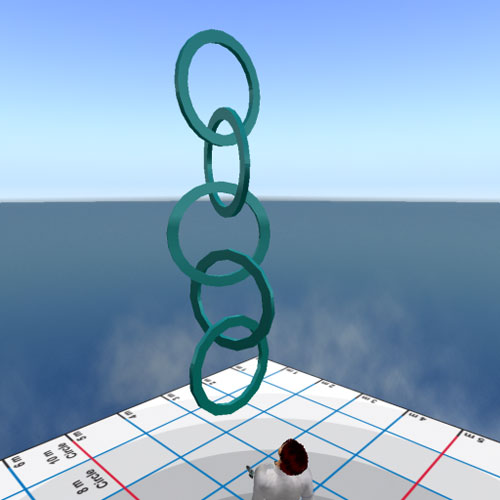Five Lessons for Science Teachers
 |
| Flickr Image under CC license by ceolm |
Teaching science, especially to teenagers, should be an opportunity to share our love for science with curious and young people. But too often teachers simply end up boring their students to death. (I, too, dreaded the science classes in school and just rolled into engineering because I enjoyed solving math riddles).
But in his TED talk, Tyler DeWitt shows us how to teach science, and make it fun. From his short presentation, there are four lessons for all of us that love science and want to share this love with possible future scientists.
1. Avoid jargon.
you should avoid jargon at all times when you talk about your research or interests to friends, family or students. I’d even say that you’d better avoid as much jargon as possible when you talk to other experts, because we all have very narrow and deeply defined fields of research.
2. Science is fun.
We know that science is fun. Now it’s our turn not to keep that little secret to ourselves. Nature is beautiful and filled with smart hacks. Our inventions can go beyond our imagination. Asking “What if?”, drawing connections and simply playing in the sandbox are all vital parts of science. That’s the story we should tell young children.
3. Show your enthusiasm.
If you are passionate and enthusiastic about your field of expertise, then it’s completely OK to overflow and express this feeling to others. One of the brilliant parts of Tyler DeWitt’s talk is the absolute joy he seems to find in talking about bacteria and viruses. If I’d have had someone with so much zeal in front of me in school, I would have listened.
4. Tell a story.
It’s OK to simplify an explanation, as long as the gist of the idea is crystal-clear to the audience and learners. Telling a story, creating analogies and relating concepts from science to situations from everyday life are all different ways to grab the attention, to build eagerness to learn and to foster curiosity.
5. Display visual information.
Another brilliant part in Tyler’s story are the simple, yet clear drawings that he uses. These drawings tell students so much more than a few lines of text. Visuals bring our stories to life, and that is exactly one of our goals in the classroom.
Here, you can watch Tyler DeWitt’s talk:
